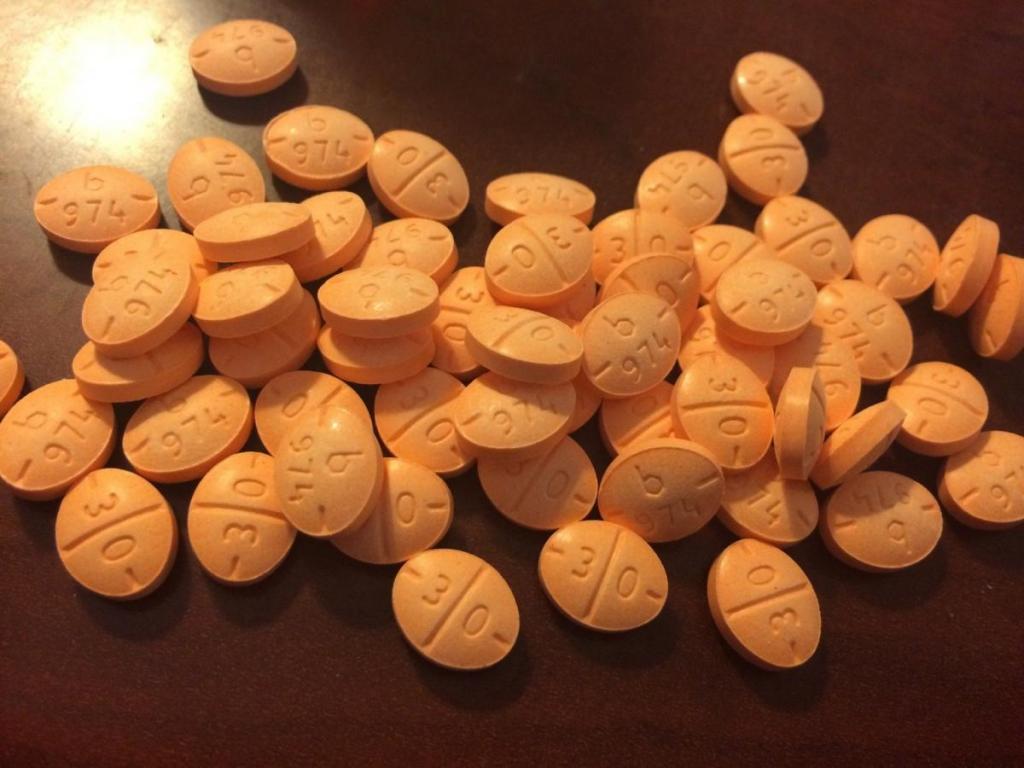Control Valve Sizing and Selection: A Comprehensive Guide

When it comes to managing flow control in industrial applications, the importance of properly sizing and selecting control valves cannot be overstated. Control valves play a critical role in maintaining the desired flow, pressure, and temperature within a process system. Making the right choices can enhance efficiency, reduce energy consumption, and prevent costly operational issues.
Understanding Control Valves
Control valves are devices used to regulate the flow of fluids in a system. They operate by adjusting the size of the flow passage as directed by a signal from a controller. These valves can be categorized into several types, including globe valves, ball valves, butterfly valves, and gate valves, each serving different purposes and applications. The key to effective control valve operation lies in understanding the specific requirements of the process and how different valve characteristics can impact performance.
The Importance of Proper Sizing
1. Flow Requirements
The first step in control valve sizing is understanding the flow requirements of the system. This includes the maximum and minimum flow rates that the process may demand. Engineers must consider the nature of the fluid, its properties (such as viscosity, density, and temperature), and the specific process conditions to accurately determine flow requirements.
2. Pressure Drop
Pressure drop across the valve is another crucial factor. Control valves are designed to create a certain pressure drop to regulate flow effectively. In order to ensure optimal performance, it is imperative to understand the system’s pressure conditions and calculate the expected pressure drop through the valve.
3. Valve Coefficient (Cv)
The valve coefficient, or Cv, is a measure of a valve’s capacity to pass fluid. It defines the flow rate of water at 60°F that will flow through the valve with a pressure drop of one psi. Selecting a valve with the appropriate Cv is critical; if the Cv is too high, the valve may not provide adequate control at low flow rates, while a Cv that is too low can result in excessive pressure drop and poor performance.
Factors Influencing Selection
1. Fluid Characteristics
The type of fluid being controlled significantly influences the choice of valve. For example, corrosive fluids may require valves made from specific materials that can withstand chemical reactions, while slurries may need valves with unique designs to prevent clogging.
2. Temperature and Pressure Conditions
The operating temperature and pressure of the fluid must be within the valve’s specified limits. Each valve type has unique performance characteristics that dictate its suitability for certain pressure and temperature ranges.
3. Actuation Method
Control valves can be actuated manually or automatically. Pneumatic and electric actuators are commonly used for automatic control, allowing for remote operation and integration with control systems. The choice of actuation method should align with the specific application requirements.
4. Control Strategy
The control strategy of the process must also be considered. Whether the system requires on-off control, throttling, or a more complex control scheme will influence the selection of the valve type and size.
Selecting the Right Control Valve
- Gather Process Data
Before selecting a control valve, gather all necessary process data, including flow rates, temperature, pressure, and fluid properties. This information will guide the sizing and selection process. - Perform Sizing Calculations
Utilize industry-standard calculations or software to determine the appropriate valve size based on the gathered data. The calculations should account for pressure drop, Cv, and the desired flow characteristics. - Evaluate Valve Options
Once sizing is complete, evaluate different valve options from various manufacturers. Consider factors such as material, design, and reputation of the valve supplier. If you’re looking for reliable options, consult a control valve supplier in Ahmedabad who can provide quality products that meet industry standards.
4. Testing and Validation
After selection, it’s crucial to test the chosen control valve in a controlled environment. Validate its performance against the expected flow conditions and ensure it meets the required specifications.
Conclusion
Control valve sizing and selection are pivotal in ensuring the efficiency and reliability of industrial processes. A well-sized and selected control valve can significantly impact system performance, energy consumption, and maintenance costs. By understanding the essential factors influencing valve selection and consulting with reputable suppliers, engineers can make informed decisions that enhance the overall effectiveness of their control systems. Investing the time and resources into proper sizing and selection will pay off in increased operational efficiency and reduced downtime, ultimately leading to a more successful and sustainable operation.
Also, read Understanding Needle Valves: A Comprehensive Guide











